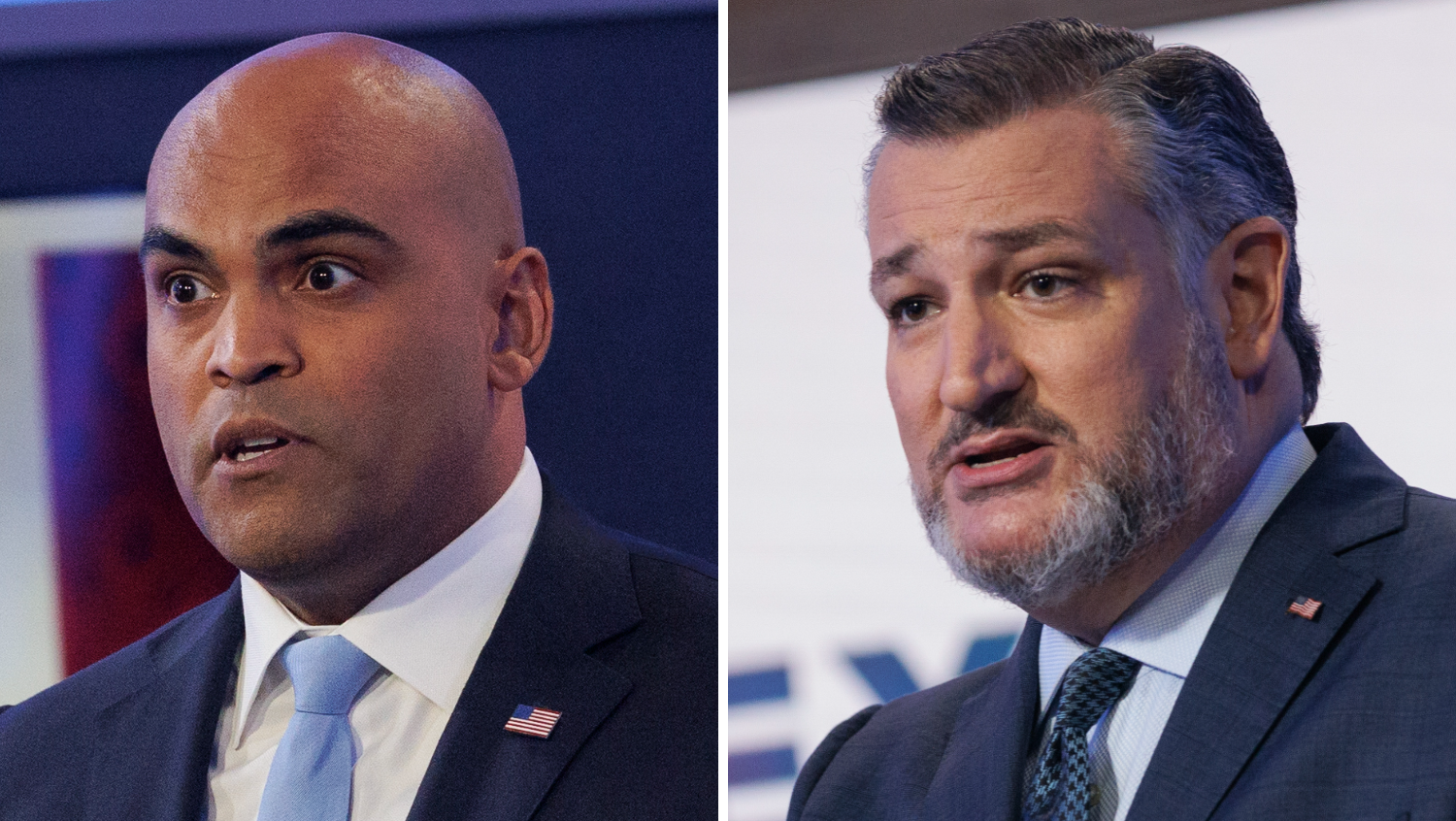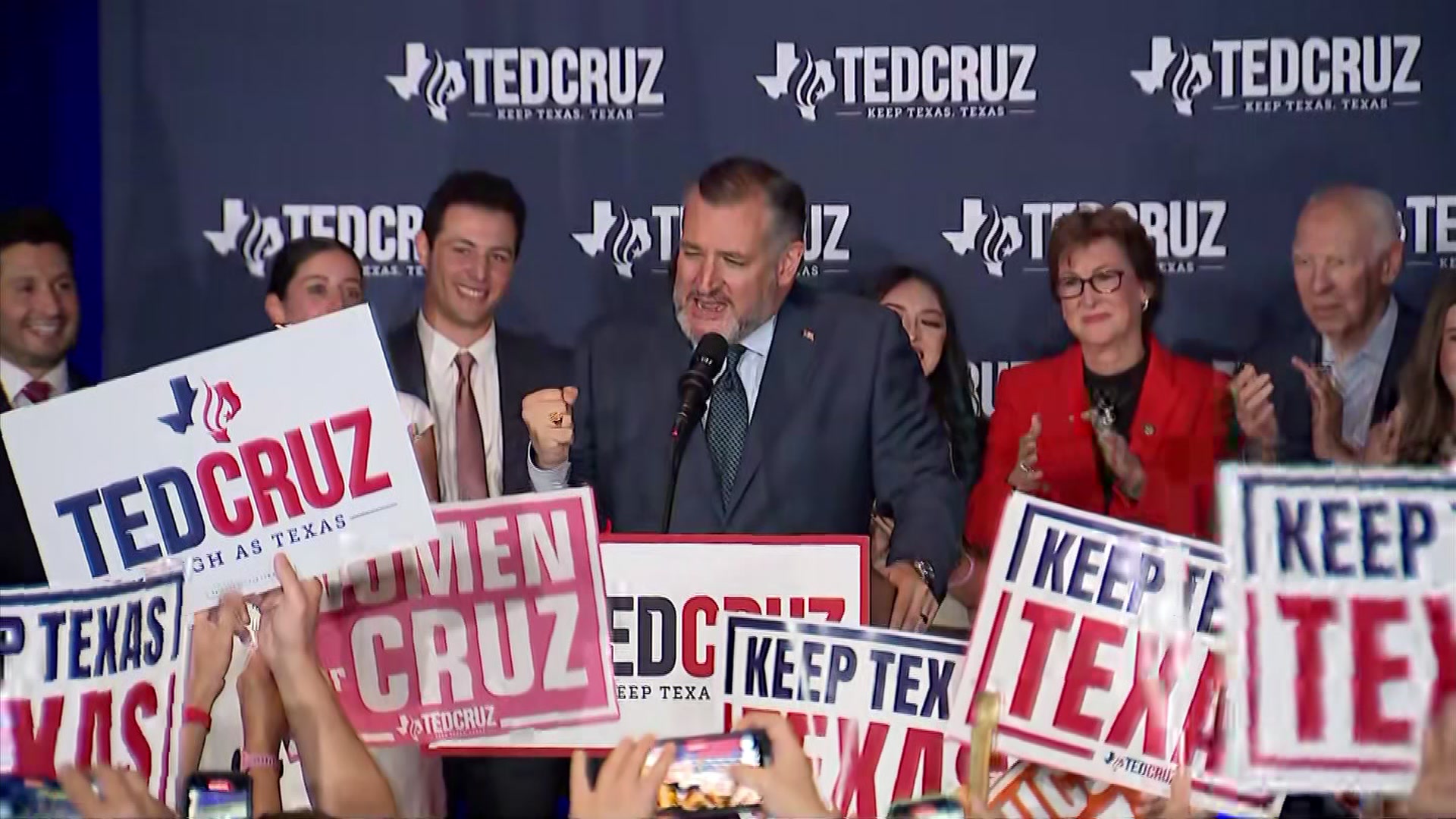ELECTION RESULTS
- Live election night coverage in our live blog.
- Federal and state races: All races | All federal races | President by county | U.S. Senate | U.S. Senate by county | U.S. House | All state races | RR Commissioner | Texas Senate | Texas House | State Board of Ed. | Texas Supreme Court
- All races by county: Collin | Dallas | Denton | Tarrant
- Commissioners Court races: Collin | Dallas | Denton | Tarrant
- Sheriff races: Dallas | Denton | Tarrant
- School propositions: Allen | Frisco | Everyone else (Argyle, Birdville, Celina, Coppell, GCISD, Highland Park, Northwest and Sunnyvale)
- Municipal propositions: Balch Springs | Dallas | McKinney | Everyone else (Burleson, Hutchins, Irving, Johnson County, Josephine, Mansfield, Ovilla, Shady Shores, University Hills MUD, Weston)
- How many people voted early? More than 1 million people voted early in North Texas. Click here to see daily early voting totals from Collin, Dallas, Denton and Tarrant counties and compare them to those from previous years.
Nationwide election updates: Follow the latest national election news here.
Results will be available on this page on election night.
Voters in the Frisco Independent School District soundly rejected nearly $1.1 billion in bonds and a $.0294 increase in the Voter-Approved Tax Rate on Nov. 5.
The district said the VATRE in Prop. A is needed to help pay competitive salaries and keep the district among the most competitive amid rising inflation and stagnant state funding that hasn't increased since 2019. For Prop. B, the district hopes to build a new building for Staley Middle School and make renovations to 20 other campuses that are nearing 25 years of age. Frisco ISD also plans to update its fleet of aging school buses and make infrastructure improvements district-wide.
Get top local stories in DFW delivered to you every morning. Sign up for NBC DFW's News Headlines newsletter.
Prop. C would provide networking infrastructure improvements and replacement devices for staff and students. Prop. D would build a tennis facility that the district hopes could host local and regional events and remove the need for the district to rent a facility for its use.
Voters considering the following propositions will be asked whether they are "for" or "against" each.
Proposition A -- Voter-Approved Tax Rate Election (VATRE).
Ratifying the ad valorem tax rate of $1.056900 per $100 valuation in the Frisco Independent School District for the current year, a rate that will result in an increase of 1.92 percent in maintenance and operations tax revenue for the district for the current year as compared to the preceding year, which is an additional $11,500,000.
Proposition B -- $986 million
The issuance of bonds in the amount of $986,000,000 for school facilities, with priority given to constructing, renovating, updating, maintaining, securing, and equipping school buildings, the purchase of new school buses, and the levy of taxes sufficient to pay the principal and interest on the bonds. This is a property tax increase.
Proposition C - $88.2 million
The issuance of bonds in the amount of $88,200,000 for district-wide technology improvements and the levy of taxes sufficient to pay the principal of and interest on the bonds. This is a property tax increase.
Proposition D - $11.2 million
The issuance of bonds in the amount of $11,200,000 for a district tennis center and the levy of taxes sufficient to pay the principal of and interest on the bonds. This is a property tax increase.
Read more about Frisco ISD's bond proposal here.
HOW ARE TEXAS SCHOOL DISTRICTS FUNDED?
Texas school districts are funded by three sources: Federal money, state money and local taxes. Local taxes comprise two tax rates, Maintenance and Operations (M&O) and Interest and Sinking (I&S), set by the school board. M&O is the money used to pay for the day-to-day operations of a school district, including salaries and professional development, utilities, curriculum, building maintenance, and student services. I&S is the money generated from bonds to pay for new buildings, renovations, security, buses and other large expenses. The I&S tax rate is used to repay the bonds. Funding approved for M&O and I&S projects can't be mixed.
HOW CAN BOND MONEY BE SPENT?
Bond money can only be spent on capital projects like new buildings, renovations, security upgrades, land acquisition, and other non-recurring costs. It can't be spent on salaries, staff, utilities, fuel, or other recurring costs. The money repaid from a bond will include interest over time, generally 30 years. Many districts try to repay their bonds early to save on the interest obligation.
WHAT IS A VATRE?
VATRE stands for Voter Approval Tax Rate Elections. If a district needs to increase funding for salaries, daily operating expenses, or other recurring costs, then they have to ask voters to approve of an increase of the M&O Voter Approved Tax Rate (VATR). Many districts hold VATREs to increase M&O funding because they have a deficit. State legislators have not increased funding for schools since 2019, and with inflation and the addition of unfunded mandates, such as adding an armed officer on each campus, many school districts say they are strapped for cash.
'THIS IS A PROPERTY TAX INCREASE'
A state law requires Texas school districts to include the statement, “This is a property tax increase,” on every ballot proposition. That is true even if the proposition does not increase the tax rate. In their proposals, many Texas school districts say they can issue bonds without increasing the I&S rate. This is often done by taking on new bond debt as old, declining debt is paid off. Read the district's proposal thoroughly to understand whether voting for the bond package will result in a tax rate change. Even without an increase in the tax rate, changes in property tax appraisals could result in a larger tax bill for the property owner.






